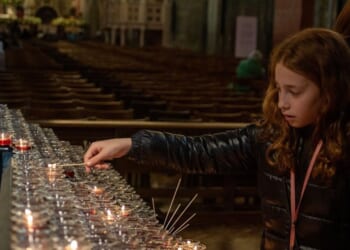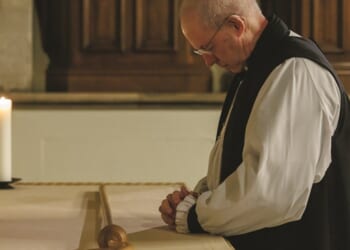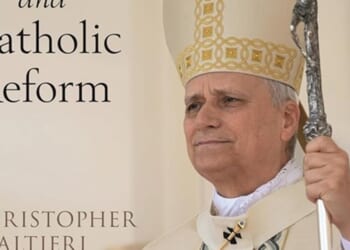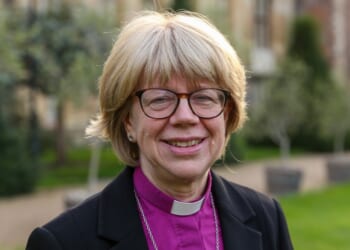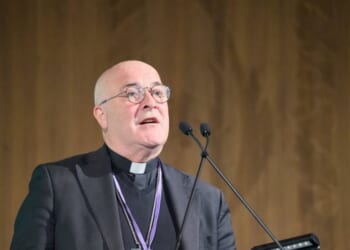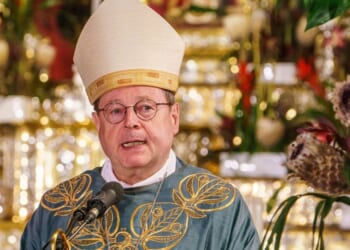THE conversion of the Emperor Constantine to the Christian faith in the fourth century was a formative time for the Christian Church, ending the period of persecution and leading to a Christian emperor and Constantinople as the capital city. This Byzantine Empire shaped the nature of the Church for the following thousand years. Emperor and Patriarch presided together in “symphony”, and their rule was seen as reflecting on earth of the rule of God in heaven.
This great ideal came to an end in 1453, when the city of Constantinople fell to the Ottoman Turks. This was not only the downfall of the empire, but also a change in the nature and identity of the Church.
This book traces the last two centuries of Byzantine history. It was a time of turmoil. A series of church councils between 1341 and 1351 debated and eventually affirmed hesychasm, the tradition of silence and prayer, as taught by Gregory Palamas, who distinguishes the unknowable essence of God (what God is) from the energies in which we can participate through prayer (what God does). After these councils, a succession of patriarchs were committed hesychasts.
The emperors, meanwhile, tried to secure the future of the empire through seeking union with the Western Church and gaining military help against the Ottoman invaders. The final stage of their efforts came at the council held at Ferrara/Florence, to which the Emperor and a delegation of more than 700 senior clergy and advisers spent a period of 15 months in negotiation with the Papacy and Western Church. This led to a declaration of union in 1439 and the dispatch of a military force in 1444.
This success was short-lived, however, as the Western army was defeated at the battle of Varna before it reached Constantinople, and the union was resoundingly rejected by the Eastern Church. Eight years later, the city fell.
Theologians and church leaders took different positions. There were the unionists who were influenced by Latin theology and accepted the authority of the Pope; the hesychasts who rejected the Western position and upheld the practice of the monasteries; and also philosophers who were rediscovering the Hellenistic thought of Plato. As a result of these debates and thinking, the Church developed away from being a partner in a Christian empire and into a spiritual community of faith, rooted in the monasteries and spread across a multi-national Islamic empire. This book explains how it all happened.
The Revd Dr John Binns is Visiting Professor at the Institute for Orthodox Christian Studies, Cambridge.
Orthodoxy and the Imperial Idea: The transformation of the Orthodox Church in late Byzantium
Norman Russell
James Clarke & Co £80 hbk, £25 pbk
(978-0-227-17891-1 hbk)
(978-0-227-17890-4 pbk)


